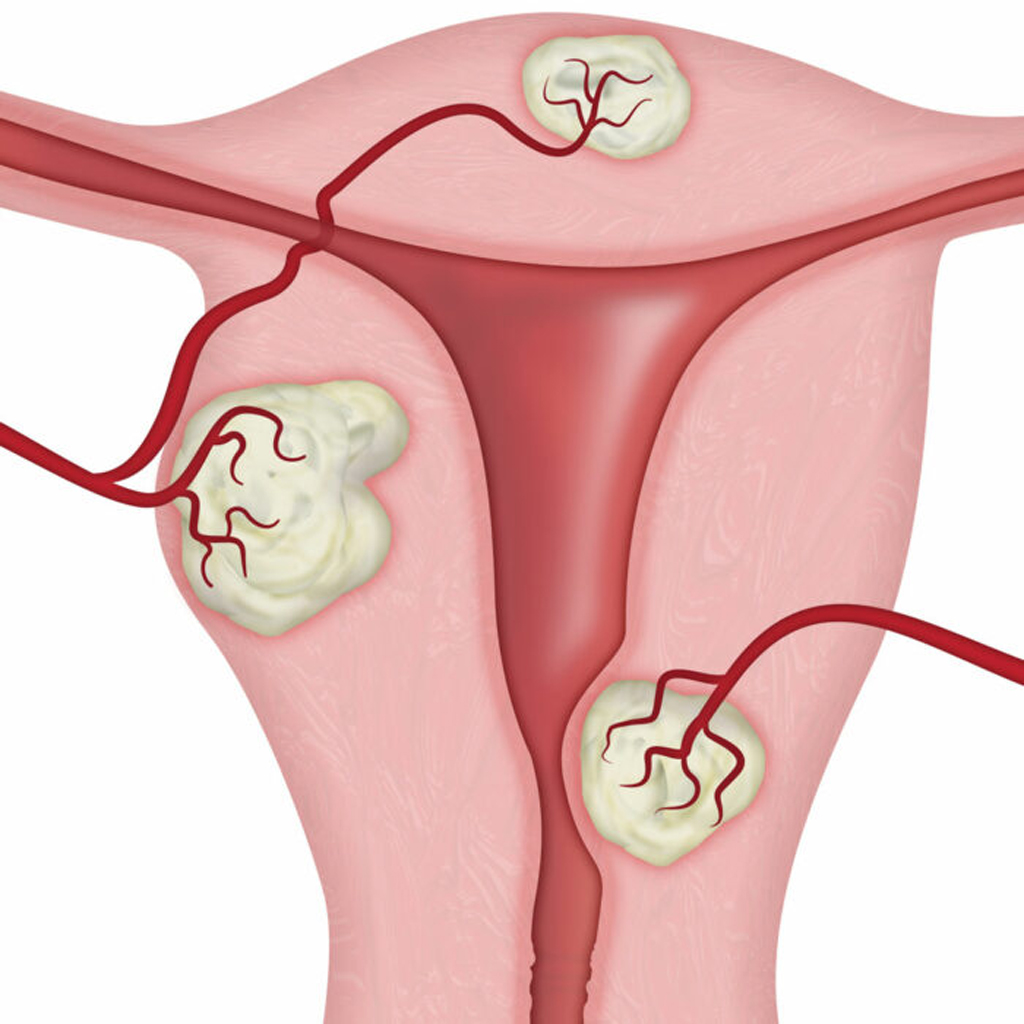A law passed in the state of Rhode Island last year is a significant milestone in the drive to reduce the number of unnecessary hysterectomies performed each year. The law went into effect January 1 and requires health insurers operating in that state to cover the laparoscopic removal of uterine fibroids—including the uterine artery embolization procedure.
Whether you call it uterine artery embolization or uterine fibroid embolization, the procedure is the same. It is the minimally invasive technique to block the flow of blood to uterine fibroids, causing them to shrink and for symptoms to reduce or disappear completely.
The bill was introduced by Rep.Camille Vella-Wilkinson (D-R.I.) who, after consulting with the Society of Interventional Radiology (SIR), was determined to include UAE/UFE in the bill.
A hysterectomy is the surgical removal of the uterus, and every year, somewhere between 400,000 and 600,000 hysterectomies are performed in the United States. Because the majority of hysterectomies are recommended to eliminate the severe symptoms of uterine fibroids, it is now estimated that about 75% of these surgeries are unnecessary, thanks to safer and less invasive procedures like UFE.
There is also a new federal legislative initiative underway. Should it be passed, H.R. 2007 will provide $150 million to the National Institutes of Health (NIH) to fund fibroid research and public education programs to support women suffering from fibroids.
We’re excited that this issue is starting to get the attention that it is due. Uterine fibroids affect all women, but African-American women—who make up the majority of women living in Memphis—are more likely to develop the most severe symptoms and at an earlier age.1 They are also 2-3 times more likely to undergo hysterectomy.2
For more information about the uterine fibroid embolization procedure, click here.
- Mostafavi B. Understanding racial disparities for women with fibroids. University of Michigan mHealth Lab. Aug. 12, 2020. labblog.uofmhealth.org/rounds/understanding-racial-disparities-for-women-uterine-fibroids.
- Wechter ME, Stewart EA, Myers ER, Kho RM, Wu JM. Leiomyoma-related hospitalization and surgery: Prevalence and predicted growth based on population trends. Am J Obstet Gynecol. 2011 Nov;205(5):492.e1–5. doi: 10.1016/j.ajog.2011.07.008. Epub 2011 Jul 20. PMID: 22035951; PMCID: PMC3746963.

